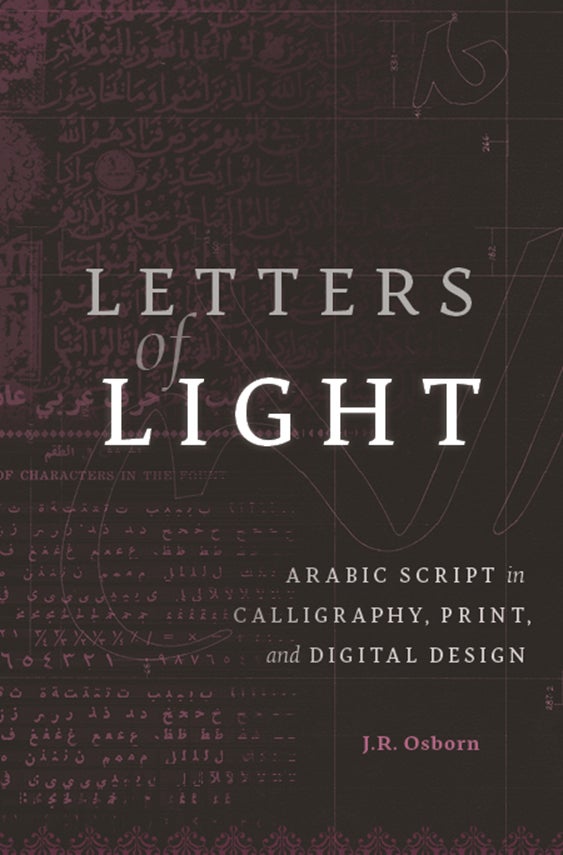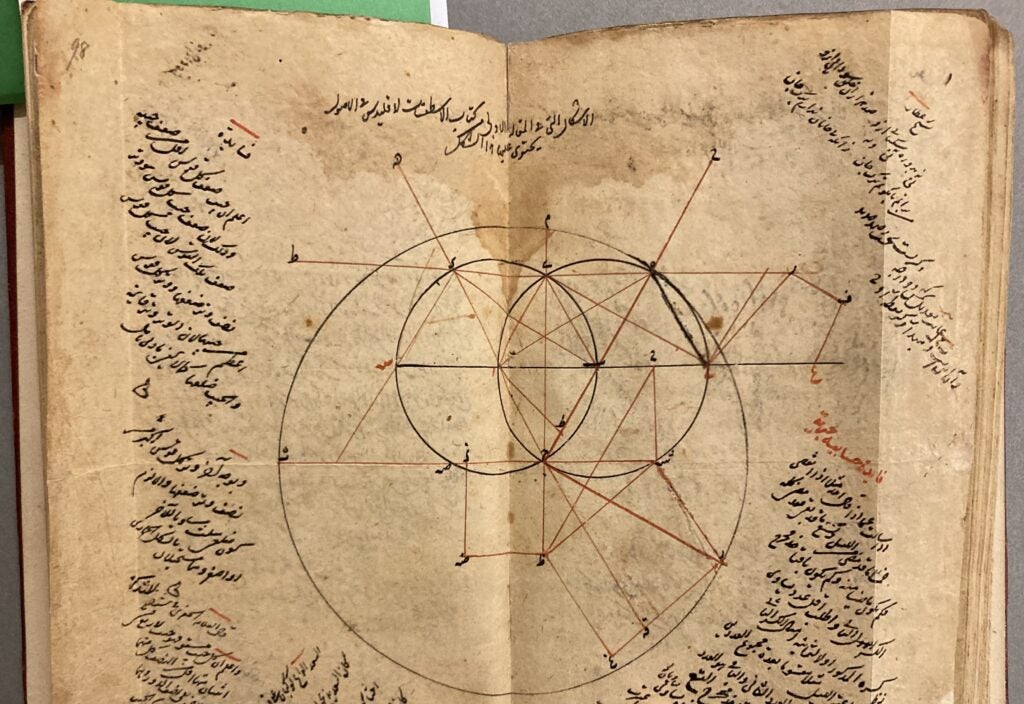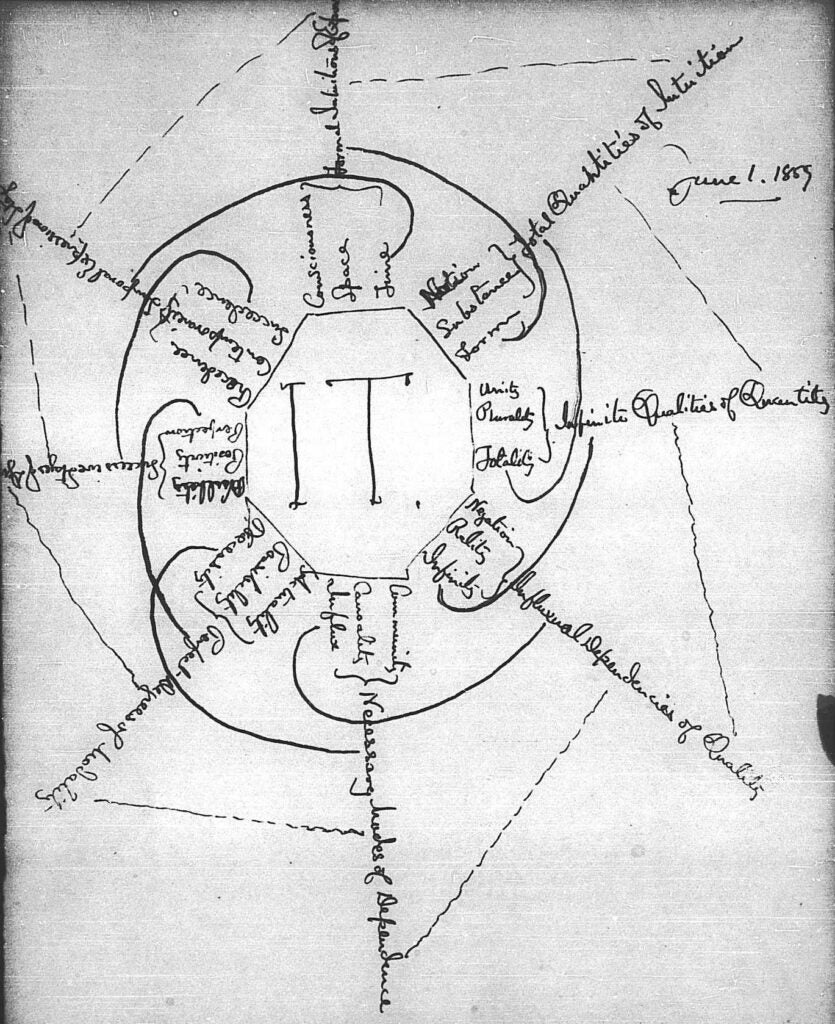CCT Professor Highlight: J.R. Osborn
Posted in Announcements

CCT is proud to highlight Professor J.R. Osborn’s current fellowship with the Centre for Manuscript Studies (CSMC) at Universität Hamburg and how it ties into his 2017 book Letters of Light: Arabic Script in Calligraphy, Print, and Digital Design . Letters of Light delves into the long history of Arabic script, chronicling 1000 years of Arabic script and technology from calligraphy to Unicode. His book gives a sense of communication history in a non-Latin alphabet through printing and Islamic studies. The book was recognized as a Joint Winner of the 2018 British–Kuwait Friendship Society Book Prize and received an Honorable Mention for the 2018 Albert Hourani Book Award, one of the top awards from the Middle East Studies Association (MESA) .
Professor Osborn’s ongoing research into Arabic script led him to collaborate with scholars he met at a Centre for Manuscript Studies (CSMC) Workshop in 2019. That team, which included Georgetown alum Mahmoud Jaber, collaboratively translated a document by Egyptian scholar Muḥammad Nadīm, who was part of a movement to “simplify” and “reform” script technologies. Such reform movements were common with non-Latin scripts, such as Arabic and Chinese, in the middle of the 20th century. Print technology was often developed with an implicit and unacknowledged Eurocentric bias, and it therefore had difficulty accommodating non-Western scripts. Nadīm’s 1948 Memo on Arabic Script Reform addressed these concerns, and the memo had not previously been catalogued. So Professor Osborn contributed to the memo’s first translation into English. The translation team worked remotely via Zoom during the pandemic, resulting in “Muḥammad Nadīm’s 1948 Memo on Arabic Script Reform: Transcription and Translation .” The translation is featured in Manuscript and Print in the Islamic Tradition (2022, De Gruyter), which is part of the CSMC book series. The volume also contains another solo article by Professor Osborn on Ottoman print history .

Professor Osborn noted the numerous attempts to change “exotic” scripts to perform with limited characters continued into the digital age, a problem which Unicode ostensibly solved. He explained that instead of making more coding schemes, Unicode created a giant code that everything can fit into. Unicode has unique code points for every written character that has or can exist from musical notes to mathematical and special characters to emojis (and it truly allowed emojis to take off).
In his research delving into historical attempts to simplify specific languages to coexist with technology, Professor Osborn discovered a burgeoning interest in the history of diagrams and visualization. After wrapping up his work around translating Arabic, he wanted to start a new project that connected to the history of manuscript cultures while also tying into the digital space. He became particularly interested in how diagrams were used historically and in what ways. He noted that printing makes a strong distinction between words and pictures (typeface vs. engraved or printed images) and that modern technologies also use different formats for each (jpegs for photo files vs. word or pdf files), which has great implications on what can be searched. He explained the distinction between text and image in printing was a technical one, but there was much more fluidity in manuscript cultures, as seen in calligraphy, illuminated manuscripts, and even notetaking by hand or on a screen with a stylus where you are not writing in a straight line.

Professor Osborn has recently returned to Centre for Manuscript Studies as a Petra Kappert Fellow , where he spent time researching multi-graphic written artifacts and studying anything which combined texts and images such as maps, sealed amulets, illuminated manuscripts, notes with doodles, and more. In addition, he has interviewed scholars and specialists in these areas of study, looking at the types of diagrams that appear, what work they’re doing, and getting a sense of what they are. This all contributes to an online diagram archive project he is developing with the Georgetown Digital Research Initiative (DRI): Diagrammatica . While still in the early stages of development, this large digital archive will feature sample diagrams, documenting how those diagrams functioned and their meanings. Professor Osborn’s goal is to collect as many diagrams as possible in this archive, with scholars documenting and highlighting ones they are studying and writing up short essays. He found it interesting that many of books on “diagrammatic thought” do not actually contain many diagrams, so he wants this collection to allow for an in-depth study of the history of diagrams and the purposes they served.

All of Professor Osborn’s research and professional accolades overlap with an upcoming CCT course he is developing for the first time this fall, entitled “Diagrams and Visual Thinking.” Students in the course will workshop applications of diagrammatic pedagogy, contribute to the online diagram archive, engage in data visualization, and design diagrams of their own research fields. His students will get to build out the Diagrammatica website by adding diagrams they encounter. The goal is to inquire about how earlier traditions of visual thinking that may have been lost can contribute to contemporary communication. Professor Osborn is very excited to work with students on a course that intersects with his current research!
